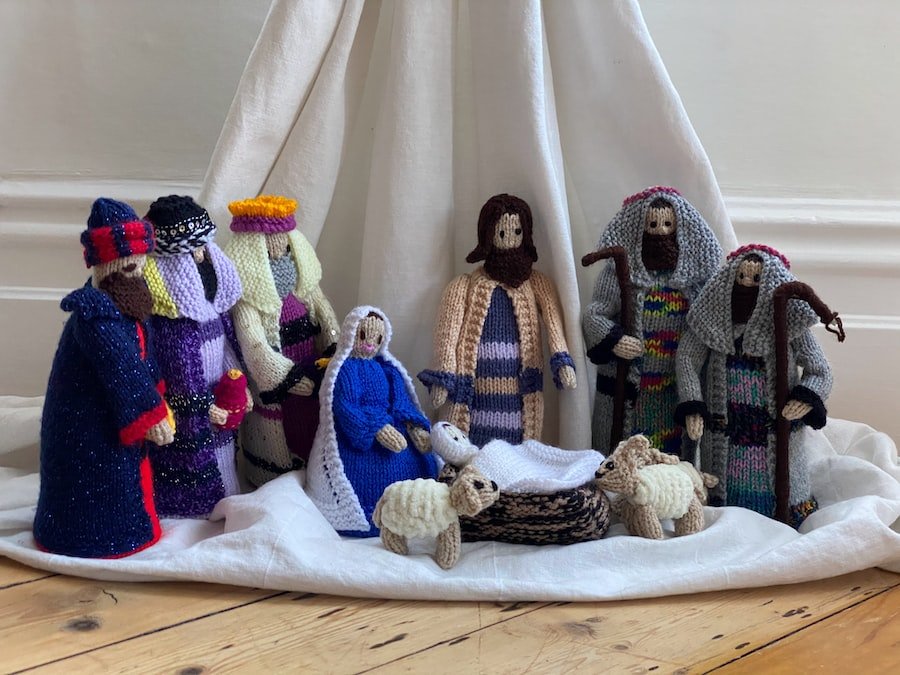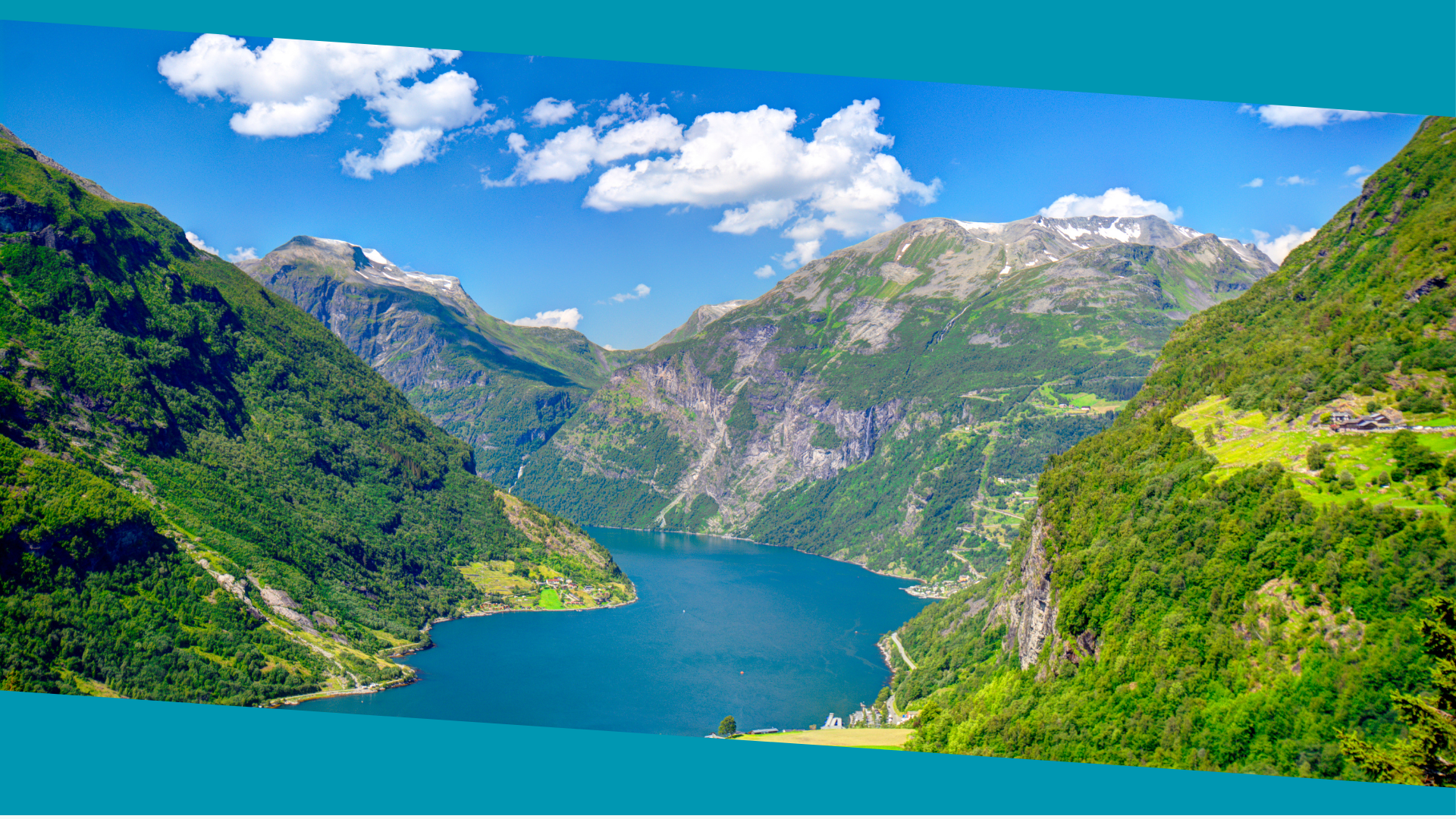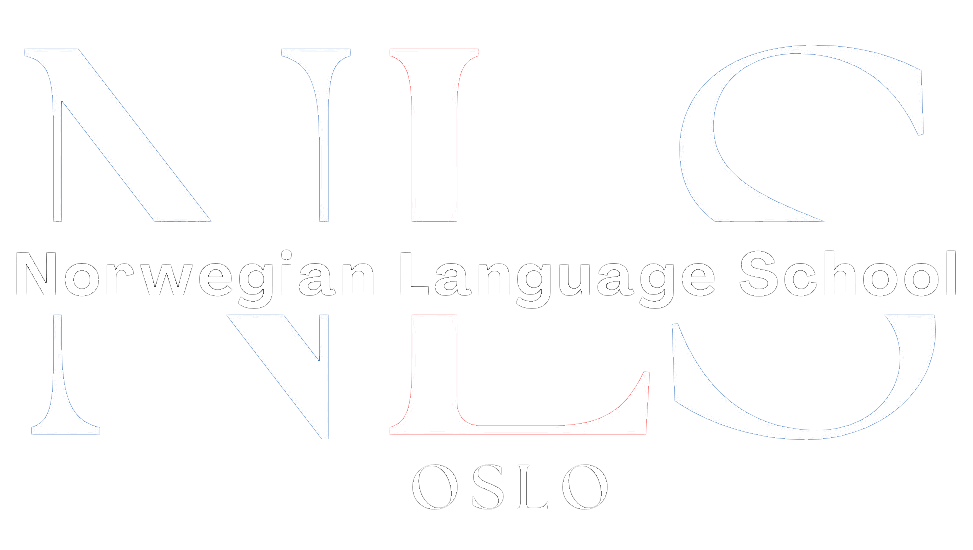

Leisure and Hobbies: Expressing Yourself in Norwegian
Norwegian is a North Germanic language spoken by approximately 5 million people, primarily in Norway. While it may not be as widely spoken as languages like English or Spanish, learning Norwegian for leisure and hobbies can be a rewarding and enriching experience. Whether you have a passion for language learning, want to explore Norwegian culture, or simply enjoy immersing yourself in new activities, learning Norwegian can open up a world of opportunities.
Learning Norwegian for leisure and hobbies is beneficial for several reasons. Firstly, it allows you to express yourself in a new language, which can improve your overall language skills. Secondly, it provides an avenue for exploring Norwegian culture through various leisure activities. Lastly, it offers a unique way to engage with the language through music, literature, art, cooking, sports, and other hobbies. By incorporating Norwegian into your leisure pursuits, you can make language learning more enjoyable and meaningful.
Table of Contents
ToggleKey Takeaways
- Learning Norwegian for leisure and hobbies can be a fun and rewarding experience.
- Expressing yourself in Norwegian can improve your communication skills and boost your confidence.
- Exploring Norwegian culture through leisure and hobbies can deepen your understanding and appreciation of the country.
- Learning Norwegian through music, dance, literature, art, craft, cooking, and sports can make the language learning process more engaging and enjoyable.
- Joining Norwegian clubs and communities can provide opportunities for language practice and socializing with like-minded people.
The Benefits of Expressing Yourself in Norwegian
Expressing yourself in Norwegian is an excellent way to improve your language skills. When you actively use the language in conversation or writing, you reinforce what you have learned and become more comfortable with its vocabulary and grammar. By expressing yourself in Norwegian, you also develop your fluency and confidence in using the language.
There are many leisure activities that can help with language expression. For example, joining a conversation group or language exchange program allows you to practice speaking Norwegian with native speakers or fellow learners. Writing in a journal or blog in Norwegian helps you improve your written communication skills. Engaging in online forums or social media groups dedicated to Norwegian language learners provides opportunities for discussion and interaction in the language.
Exploring Norwegian Culture Through Leisure and Hobbies
Norwegian culture is rich and diverse, and engaging in leisure activities can provide a window into this fascinating world. From traditional folk dances to outdoor pursuits like hiking and skiing, Norwegian leisure activities are deeply rooted in the country’s history and traditions.
By participating in Norwegian leisure activities, you can immerse yourself in the culture and gain a deeper understanding of the language. For example, learning traditional Norwegian dances like the “Halling” or “Bunad” can help you connect with the country’s heritage and traditions. Similarly, engaging in outdoor activities like cross-country skiing or fjord cruises allows you to experience the natural beauty of Norway while practicing your language skills with locals.
Learning Norwegian Through Music and Dance
| Metrics | Results |
|---|---|
| Number of students enrolled | 50 |
| Number of classes per week | 2 |
| Number of songs learned | 10 |
| Number of dances learned | 5 |
| Percentage of students who improved their Norwegian language skills | 80% |
| Number of performances | 2 |
| Number of students who performed | 30 |
| Number of audience members | 100 |
Music and dance are universal languages that can transcend barriers and bring people together. They also provide a unique opportunity to learn Norwegian in a fun and engaging way. Norway has a rich musical heritage, ranging from traditional folk music to contemporary pop and rock.
Listening to Norwegian music can help you improve your listening skills and expand your vocabulary. By paying attention to the lyrics and trying to understand their meaning, you can enhance your comprehension skills. Singing along to Norwegian songs can also improve your pronunciation and intonation.
In addition to music, traditional Norwegian dances like the “Halling” or “Springar” offer a chance to learn new vocabulary related to dance steps and movements. Participating in dance workshops or joining a local dance group can provide a fun and interactive way to practice your language skills while immersing yourself in Norwegian culture.
Norwegian Literature and Poetry: A Window into the Language
Literature and poetry are powerful tools for language learning, as they offer insights into the nuances of a language and its cultural context. Reading Norwegian literature and poetry can help you expand your vocabulary, improve your reading comprehension, and gain a deeper understanding of the language’s grammar and syntax.
Norwegian literature has a rich tradition dating back centuries, with authors like Henrik Ibsen, Knut Hamsun, and Sigrid Undset gaining international acclaim. Reading their works in their original language allows you to appreciate the beauty of Norwegian literature and gain a deeper understanding of Norwegian culture.
Similarly, exploring Norwegian poetry can be a rewarding experience. From the works of Olav H. Hauge to Inger Hagerup, Norwegian poetry offers a glimpse into the country’s literary heritage and provides an opportunity to engage with the language on a deeper level.
Norwegian Art and Craft: A Creative Outlet for Language Learning

Art and craft activities provide a creative outlet for language learning and can be a fun way to practice Norwegian. Norway has a rich tradition of art and craft, with styles like rosemaling (decorative painting), wood carving, and textile arts being popular.
Engaging in art and craft activities in Norwegian allows you to learn new vocabulary related to materials, techniques, and artistic concepts. Whether you’re painting a traditional rosemaling design, carving a wooden figurine, or knitting a traditional Norwegian sweater, you can immerse yourself in the language while expressing your creativity.
Norwegian Cooking and Food Culture: A Delicious Way to Learn
Food is an integral part of any culture, and exploring Norwegian cuisine can be a delicious way to learn the language. Norwegian food culture is influenced by the country’s geography, with seafood, game meat, berries, and potatoes being staple ingredients.
Learning to cook Norwegian dishes not only allows you to practice your language skills but also provides an opportunity to explore the country’s culinary traditions. From traditional dishes like lutefisk (dried fish) and rakfisk (fermented fish) to sweet treats like krumkake (thin waffle cookies) and lefse (potato flatbread), there are plenty of recipes to try.
By following Norwegian recipes in their original language, you can learn new vocabulary related to ingredients, cooking techniques, and traditional dishes. You can also explore Norwegian food blogs or join cooking classes to further enhance your language learning experience.
Sports and Outdoor Activities in Norway: Vocabulary and Phrases
Norway is known for its stunning natural landscapes and outdoor activities. From hiking in the mountains to skiing in the winter, there are plenty of sports and outdoor pursuits to engage in while learning Norwegian.
Learning vocabulary and phrases related to sports and outdoor activities allows you to communicate effectively while participating in these activities. Whether you’re asking for directions on a hiking trail or discussing skiing techniques with locals, having a solid understanding of the relevant vocabulary and phrases can enhance your overall language skills.
Traveling in Norway: Speaking Norwegian with Confidence
If you plan to visit Norway, speaking Norwegian can greatly enhance your travel experience. While many Norwegians speak English, making an effort to communicate in their native language shows respect for their culture and can lead to more meaningful interactions.
To speak Norwegian with confidence while traveling, it’s helpful to learn common phrases and vocabulary related to travel, such as greetings, asking for directions, ordering food, and booking accommodations. By practicing these phrases before your trip and using them during your travels, you can navigate the country with ease and connect with locals on a deeper level.
Joining Norwegian Clubs and Communities for Language Practice and Fun
Joining Norwegian clubs and communities is an excellent way to practice your language skills while having fun. Whether it’s a language exchange group, a cultural association, or a sports club, these communities provide opportunities to interact with native speakers and fellow learners.
By joining a Norwegian club or community, you can engage in conversations, participate in cultural events, and make new friends who share your interest in the language. This not only improves your language skills but also allows you to immerse yourself in Norwegian culture and build connections within the community.
Learning Norwegian for leisure and hobbies offers numerous benefits. From improving language skills through self-expression to exploring Norwegian culture through various activities, there are endless opportunities to engage with the language in a meaningful way. Whether you choose to learn through music and dance, literature and poetry, art and craft, cooking and food culture, sports and outdoor activities, or by joining Norwegian clubs and communities, the key is to make language learning enjoyable and relevant to your interests. So why not start exploring the Norwegian language today and embark on a journey of discovery and personal growth?

Norwegian A1-A2
Course Overview The Norwegian A1-A2 course is an online program focused on teaching essential Norwegian grammar and vocabulary. It includes a variety of materials and topics, with opportunities to interact with a Norwegian teacher entirely online. Curriculum Highlights The course covers key areas such as grammar and vocabulary and topics such as family, daily life, education, work, traditions, and leisure activities. Who Should Enroll? This course is perfect for beginners or those at the A1 or A2 levels who want to improve their Norwegian skills. What You Get Access to the full Norwegian A1-A2 course. A monthly 1-hour online conversation with a teacher. Many written and oral assignments. Comprehensive information on Norwegian grammar, Norwegian vocabulary and how to use them, important sentence structures, etc. Tips on additional resources to further enhance your Norwegian learning.
0 students enrolled
Last updated Dec 10th, 2024
If you want to learn Norwegian, you can register for classes here. We look forward to hearing from you and helping you become fluent in Norwegian.






